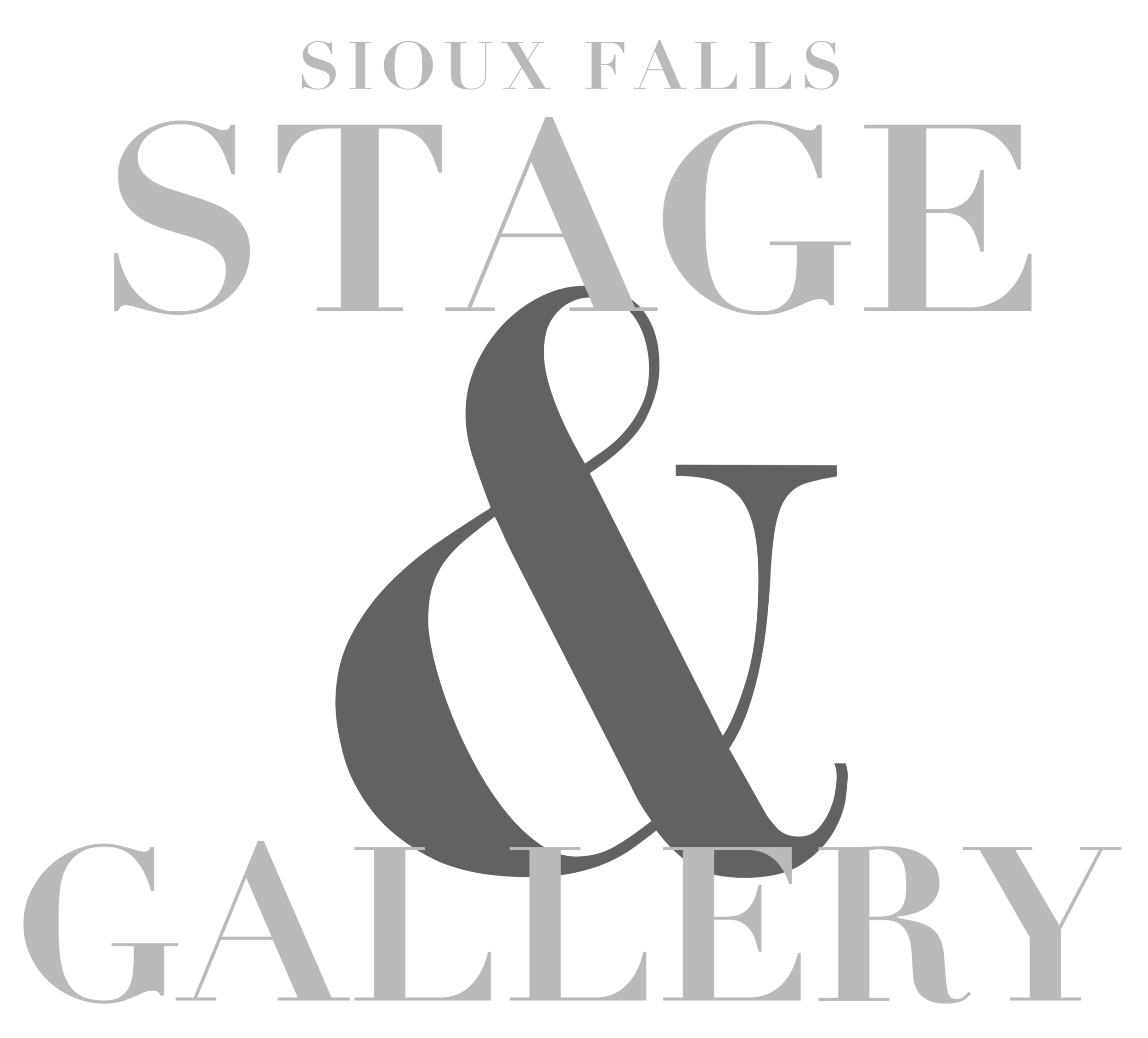A Primal Itch
Les Cotton is inspired by a lot of things around him—the authenticity of skate culture, music that spans genres like metal and hip-hop, the structure of a multi-cel comic. But where this local artist sets himself apart singularly as a visionary rests in his ability to put the energy of judgment-free, human experience to paper without sacrificing an instantly recognizable signature style and flair. We talked with Les about where this comes from.
What’s your visual-arts origin story?
I would say number one—skateboarding, probably. Just the sub-culture of that. I started skateboarding when I was, like, 13. It kind of just took over my life. Obviously I was definitely not good enough to be a pro or anything, but just seeing artwork on skateboards and records. Music and skateboarding just got me interested in how it was made. I didn’t really like anything else in school, so I was always drawing and s**t in church and all that stuff. And then I grew up and started looking at magazines and realized someone lays all that out and it’s a job—so Ed Templeton is a big inspiration in that area for me, owner of Toy Machine. It made me realize that I could create art and make it profitable—so I went to school at SDSU and got a degree in graphic design with a minor in printmaking and got a job at Lawrence & Schiller. I started as a production artist there and left 10 years later as a senior art director. I went to Look’s Marketplace where I am now, and I f**king do all kinds of s**t there.
Photo Credit: Dan Thorson
Does art run in your family?
The only thing I can really think of is my mom free-handing Raphael, the Teenage Mutant Ninja Turtle, on a skateboard for me when I was like 10. My mom’s a nurse, my dad is an engineer conductor for a railroad. My grandpa was in politics… I don’t know where it came from. I’m definitely the black sheep of the family.
What are your go-to mediums?
Just pen and ink, really. I’ve always doodled. I always asked mom for a pen out of her purse. I’ve always drawn on envelopes. I draw on whatever. I’ve had friends tell me to shape up and learn how to finish something. In 2019, I bought an iPad, and that has sped my s**t up so much—particularly the commercial stuff I do for the skate park or for Prof in Minneapolis, his merch and stuff like that. A brush pen, though—a brush pen and paper are my favorite. Gesture drawings are a really fun feeling.
How has album art influenced your work thru the years?
The first five Metallica records—I was pretty into hardcore metal when I was young. And Integrity. But it’s endless—it’s such a hard question. That’s what’s so awesome about it—it’s everything. I’ve gotten to make a few—six or seven, I think. I’m not as big of a metal-head anymore, though—can’t be angry forever. So in college I got chill and Bob Dylan was a big part of my life for many years—me and my wife probably listened to only him for two years straight. And now it’s a lot of hip-hop or instrumental.
Photo Credit: Dan Thorson
Where did your comic/graphic style come from?
This spans from my buddy Mark Wagner, who’s always been into comics and really got me into comics. He really stressed with me to try and make my own. I’ve found it’s a good way to tell a story. And I’ve found that in the pieces I did for my friend Steve—they commissioned me to do three based on a story that he wrote to his wife for their 30th anniversary. I illustrated it, and it was hard, because it meant a lot. A piece of paper can be daunting when you start a piece of artwork. So putting it into little compartments can make it less scary. They can be stream of consciousness.
What draws you to subjects like skulls in your work?
I tell my grandma, because she hates that I draw skulls a lot, that it’s the easiest way to convey, in my head, a human without being judgmental on race, sex… I’m speaking to humankind—we all have a skull, and we all turn into one. And it’s badass, you know? I’ve had to open that box, because I’m never comfortable doing like what Amanda Boerger does—painting awesome portraits of people. I can’t do that—I’ve had to learn, but it’s a lot of pressure to get someone’s features right. I don’t want to offend because I have a shaky hand or something. But it’s probably all in my head, too.
How do you straddle artistry and commerce in your work?
You learn early on, especially in the corporate world, that you have to be flexible. You have to be able to do everything—especially now, everyone wants you to be a Swiss army knife. In a sense, I don’t agree with that. But in the space of illustration, there’s a little bit of a way you can spread your wings and still have your own style. When you’re selling something it can be more about the message than the emotion or the metaphor, which is what you might put into your own work. I don’t do it because of the money. I do it because it’s a primal itch—I just have to do it. And you’ve got to spend your time doing something.



